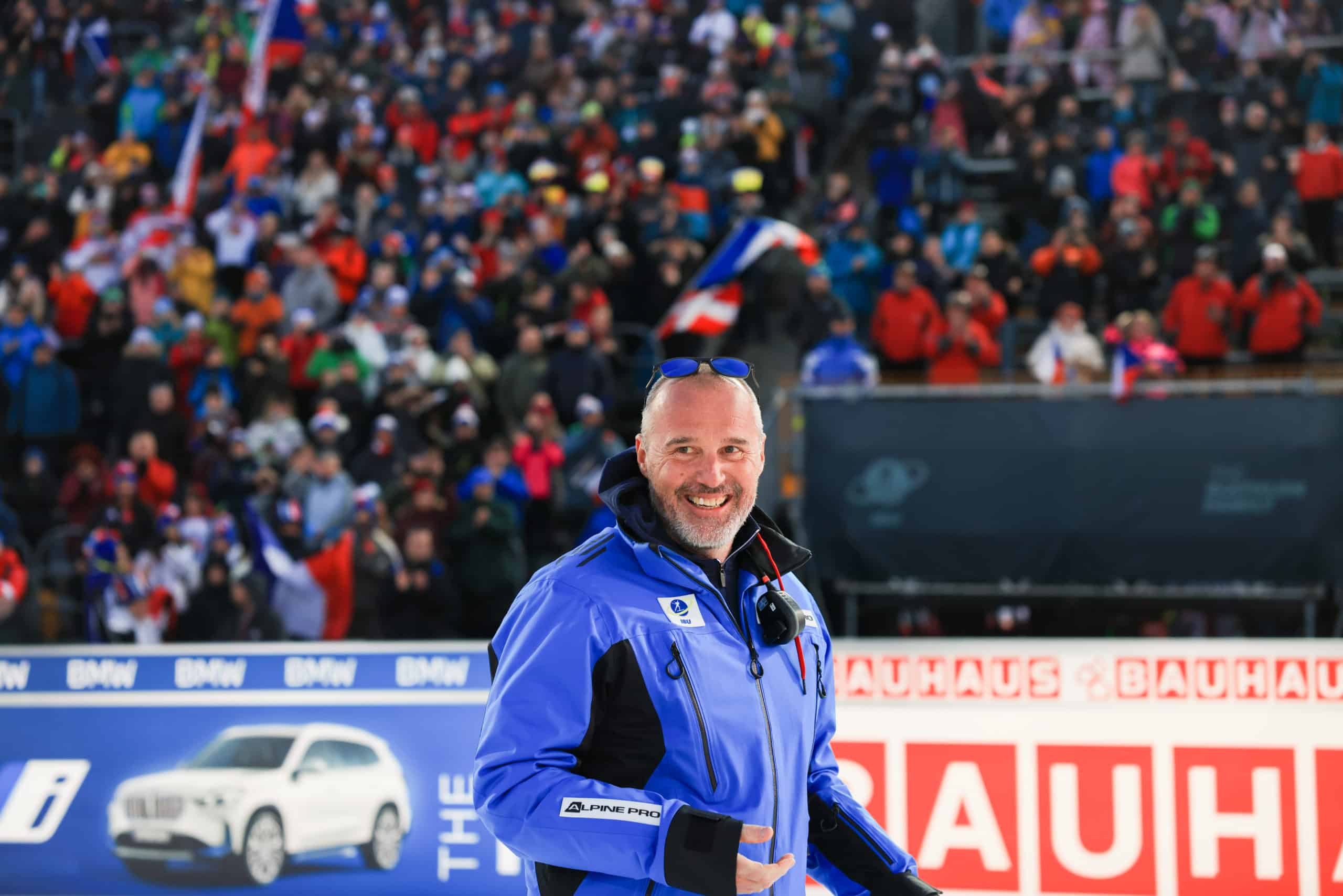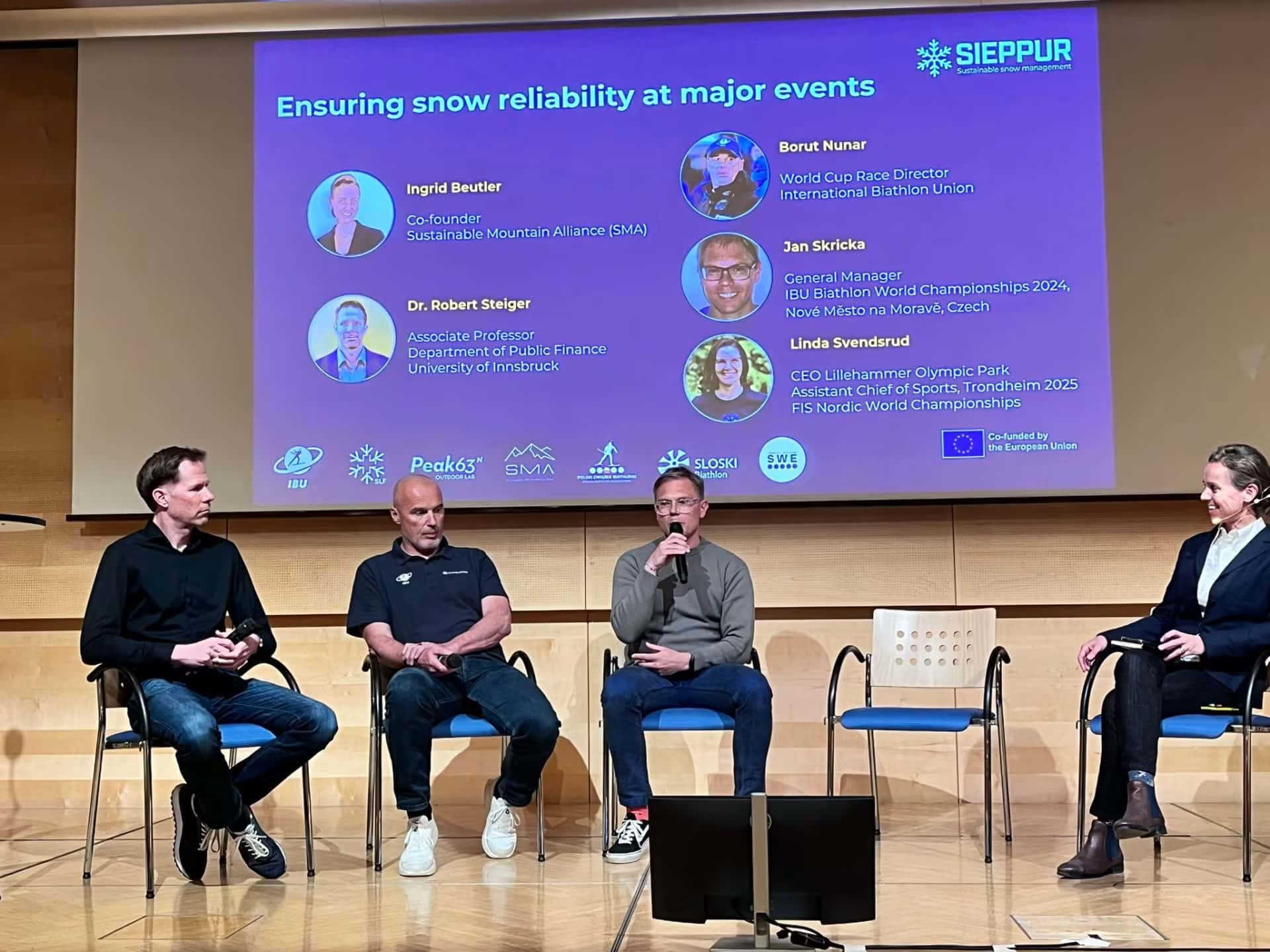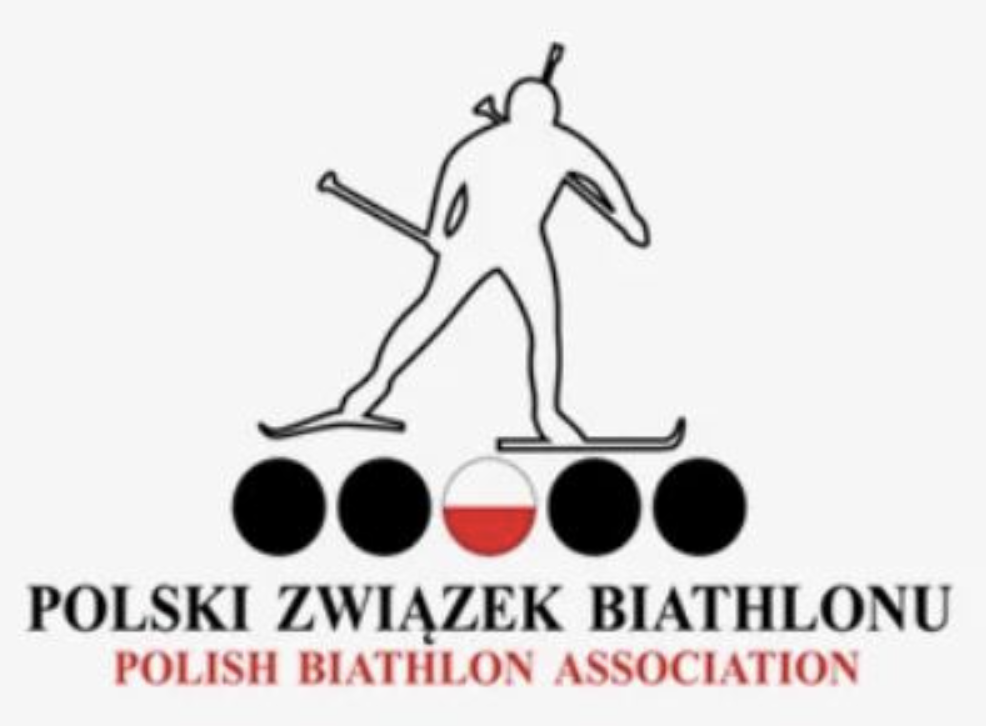The long-time IBU Race Director for the World Cup, Borut Nunar, took a moment to reflect on the 2023/2024 season and to consider the future from the perspective of snow management for elite snow sport events.
A former World Cup-level cross-country skier, Nunar has served as IBU Race Director for 13 years, a role he took on after a career in coaching and working as a ski tech and, importantly, as a biathlon event organiser in Pokljuka, Slovenia.
By most accounts, the 2023/2024 winter has challenging for snow sports being the warmest on record, with each month setting a new all-time highest average temperature reading. Fortunately, all IBU World Cup and World Championships 2024 competitions took place, and the season transpired as per plan.
Looking back at the World Cup season that just concluded, how would you summarise it?
BN: From my perspective, we had a good season. Everyone says it’s been challenging and yes, we had challenges, but the lack of snow was not one we experienced when I speak of the World Cup.
Indeed, we had a great early start into the season, and excellent conditions all through the first trimester until Christmas. After that, there were some challenges that required a lot of work to overcome but we managed them all. So, in my view we’ve had more challenging seasons before but what is different now is the level of preparedness. Our venues and organising committees are much better prepared now than in the past. They have the plans, the people, and the technology that we need to react to the changing weather conditions.
The World Championships in Nové Město na Moravě, Czech Republic, are a great example:
The OC was ready with everything they needed and while we had no lack of snow, it still took lots of hard work and many lessons learned to pull off the World Championships in the conditions we had.
What exactly is better in the planning and preparation in your view?
BN: One of the key improvements is having the right technology. The latest technical solutions for snowmaking need less water and consume less energy but that also means that they need fewer human resources to operate.
Our organisers also have more experience and know-how. Most everyone was able to leverage the cold period in January to fill their snow depots for next season already then.
We also have better knowledge sharing among our organisers so that, for example, we get by with smaller amounts of snow hardener on our courses. This is thanks to both the IBU helping to spread the knowledge but also the organising committees learning from each other.
Do you see any difference between the World Cup and the lower-level competitions?
BN: Of course. The World Cup events are in a hugely different situation with available resources thanks to funding they receive from media and marketing income. There is a massive gap between the World Cup venues and the others.
It is common knowledge now that we must have technical snow for our World Cup events and the natural snow is just a nice add-on. That is why the biggest challenge for future snow sports will be the economics of snow.
The need to have state-of-the-art technology will force every venue to consider their strengths and weaknesses with view of future operational feasibility and plan their strategy accordingly. We have several examples of venues that are successful hosts of lower-level competitions and thrive economically because they are popular training venues. They generate income by hosting early season training camps and ski courses.
From your perspective, what will the future bring for snow management?
BN: One key factor will be a continuous review of the technologies and processes we use. We will need to realise efficiencies and further optimise our snow management practices so that we ensure the smallest possible impact on the environment. In other words, less water used, less and greener energy consumed.
This will necessitate close cooperation between us and the leading technology providers in snow production and grooming. This will also require local enhancements such as optimising the location of the snow storage to minimise distances between storage, water source and the course. Meanwhile on the IBU side, we will need to review our course requirements and ensure that all courses with snow are fully exploited at each venue.
There will be healthy competition among our top venues due to the limited number of World Cup weekends available that will also drive efficiencies and cost optimisation. We will likely prioritise quality over quantity in the future.
Some challenges will also come from the political side, both for funding but also in terms of acceptance of certain snow management practices in Nordic skiing. We will need to proactively manage those to continue to develop efficiencies and to implement the most sustainable snow management practices available.











